Back in 2020, India Inc. had said that creating a separate capital budget for domestic acquisition in the current financial year (2020) and imposition of restrictions on imports of 101 weapons is a “game-changing” reform for self-reliance and will boost indigenous defence manufacturing.
Finance Ministry minister Nirmala Sitharaman in 2020 unveiled several reform measures for the defence sector, including increasing FDI from 49 percent to 74 percent under the automatic route and generating a negative list of weapons that cannot be imported at any time. India, which has the second largest armed forces and ranks fifth in the world in terms of defence budget, seeks self-reliance in defence production.
“The Ministry of Defence is now ready for a big push to #AatmanirbharBharat initiative,” Defence Minister Rajnath Singh had said on Twitter while making the announcement.
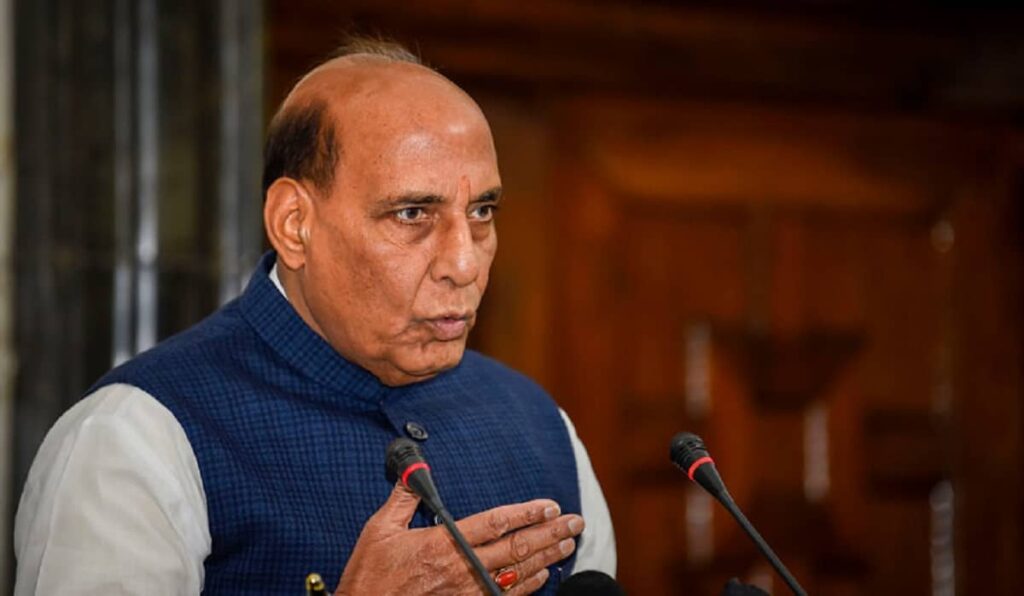
For the success of this mega-project, it is imperative that the government maintains a competitive neutrality and does not distinguish between the public sector and private sector as they both create jobs which in turn will help the entire defence industry to thrive.
The main reason behind the achievement of reaching a record volume of Rs 80,502 crore in defence production in both the public and private sectors in 2018-19 was the policy reforms undertaken by the government. Defence public sector undertakings (DPSUs) and the Ordnance Factories Board (OFB) have had a prosaic record in India’s quest for self-reliance post-independence.
A recent government announcement to ‘corporatize’ the 250-year-old Ordnance Factories Board (OFB) and reorganize 41 of its subsidiaries into seven product-oriented defence public sector enterprises (DPSUs) has been long overdue. For this particular reform to succeed, it must be able to enhance efficiency, productivity and work-ethic in workers and managers of new-sprung companies.
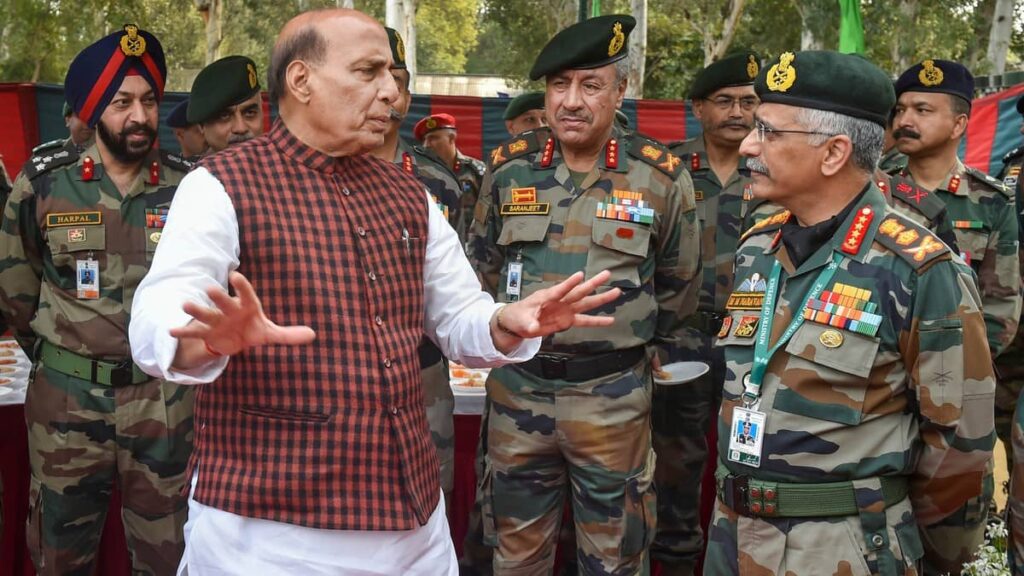
On 2 February, 2021, the Union Defence Minister, Rajnath Singh, inaugurated the Hindustan Aeronautics Limited (HAL) LCA-Tejas Production Line in Bengaluru.
At the inauguration event of Aero India 2021, Mr. Singh had stated that the Government of India has been tirelessly pushing policy reforms to boost indigenous defence manufacturing since 2014 and under this Atmanirbhar Bharat Abhiyaan, India will definitely increase its defence manufacturing skills. Currently, Hindustan Aeronautics Limited (HAL) has an exclusive monopoly on providing military aircraft to the government.
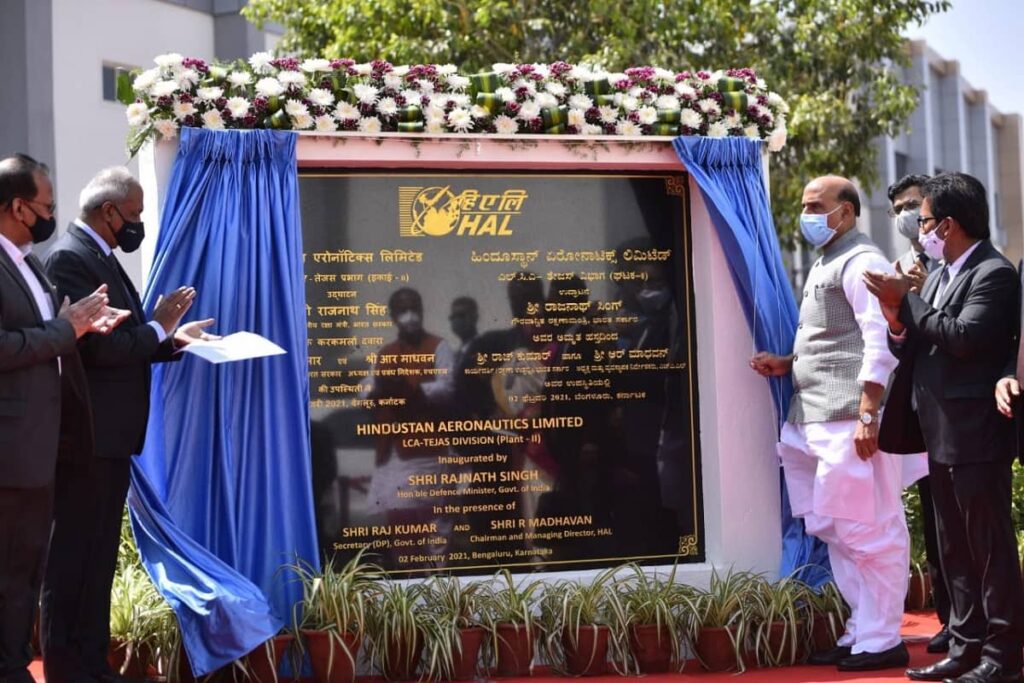
Moving back in the year 2019, the Ministry of Defence had organized an Ambassador’s Round Table conference to showcase India as a major exporter of defence equipment. As part of the policy reforms, it was pointed out that the licensing process for industrial businesses would be simplified and the foreign direct investment limit would be raised to 49 percent.
A recent statement by the defence ministry states that India’s defence exports did in fact rise from Rs 1941 crores in 2014-2015 to Rs 9116 crore in 2019-2020. It is estimated in the draft Defence Production and Export Promotion Policy 2020 that in the next five years, defence exports will be worth USD 5 billion (Rs 35,000 crore).
This amount was part of the total projection of turnover. Multiple strategies were put forward under a range of “focus areas” such as supporting MSMEs and start-ups, optimising resource allocation, foreign direct investment in defence, facilitating ease of doing business, testing infrastructure, and export promotion.

Now, what does this E-booklet contain which was released by our defence minister Mr Rajnath Singh? Is this booklet the answer to all the reforms that took place to enhance #atmanirbharbharat?
Our defence minister released an E-booklet titled “20 reforms in 2020” which highlighted the major reforms which took place in the Ministry of Defence (MoD) in the past one year.
“The booklet is a reflection of the resolve of the Government, under the able leadership of Prime Minister Shri Narendra Modi, to make the defence sector stronger and more efficient,” he added while addressing the occasion which was attended by a number of officials, Chief of Defence Staff General Bipin Rawat, Defence Secretary Dr Ajay Kumar, Chief of Army Staff General MM Naravane, to name a few.
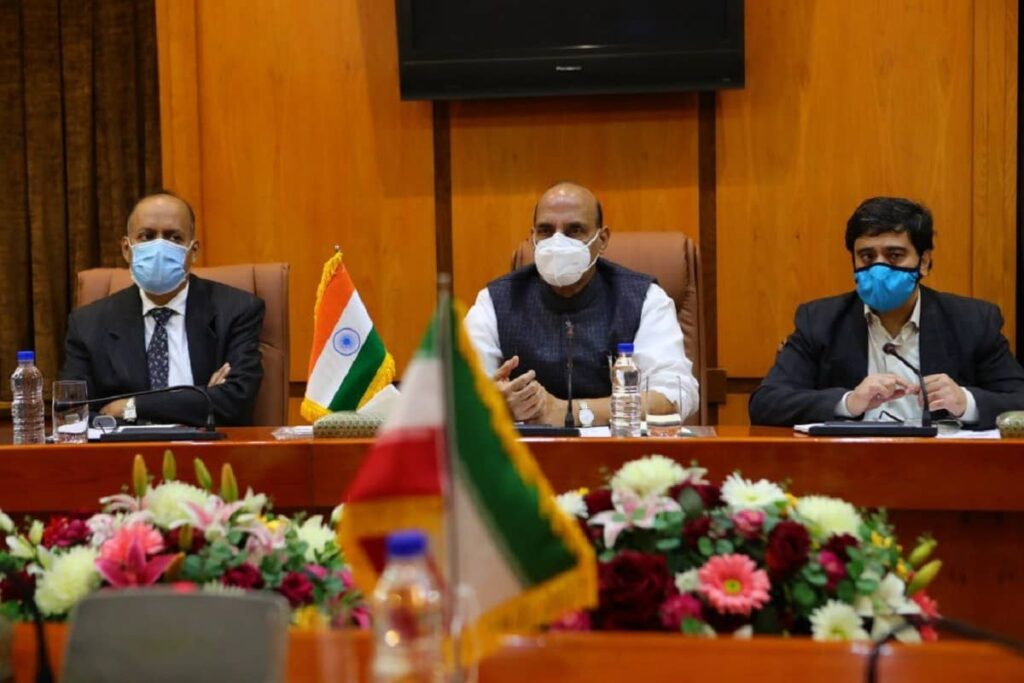
One of the major decisions taken by the Government was the appointment of India’s first Chief of Defence Staff (CDS), General Bipin Rawat. He had previously also fulfilled his responsibility as the Secretary, DMA. Another big reform to be noted was the creation of the Department of Military Affairs (DMA).
One of the defence acquisitions included India receiving its first Rafale fighter aircraft in July 2020, followed by other aircraft since then, creating a significant increase in firepower for the Indian Air Force. In spite of the COVID-19 challenges, the aircraft have been delivered and have been inducted into the IAF.
A reform which cannot be missed in a digital world like now is the digital transformation which took place in the defence ministry of India. The Ministry of Defence has gone digital for the first time. For the first time in August 2020, the Armed Forces Tribunal began conducting its first digital hearings online, which began from the Directorate General Quality Assurance (DGQA) in May 2020 to combat security threats.
A number of other services such as Defence Estates, Canteen Stores Department, Cantonment Services, MoD Pension and National Cadet Corps (NCC) went online to provide customers with faster and more transparent services.
The ministry has brought in the picture of stree shakti via the reform as stated. Women Short Service Commission (SSC) officers were offered Permanent Commission in the Indian Army, while female pilots of the Indian Navy were operationalized for the first time.
From the 2020-21 academic year, the Sainik Schools are open to girls. In a recent report it has also been found that according to the revised parameters set out by the Supreme Court, 147 additional women short service commission (SSC) officers have been granted permanent commissions in the Indian Army!!
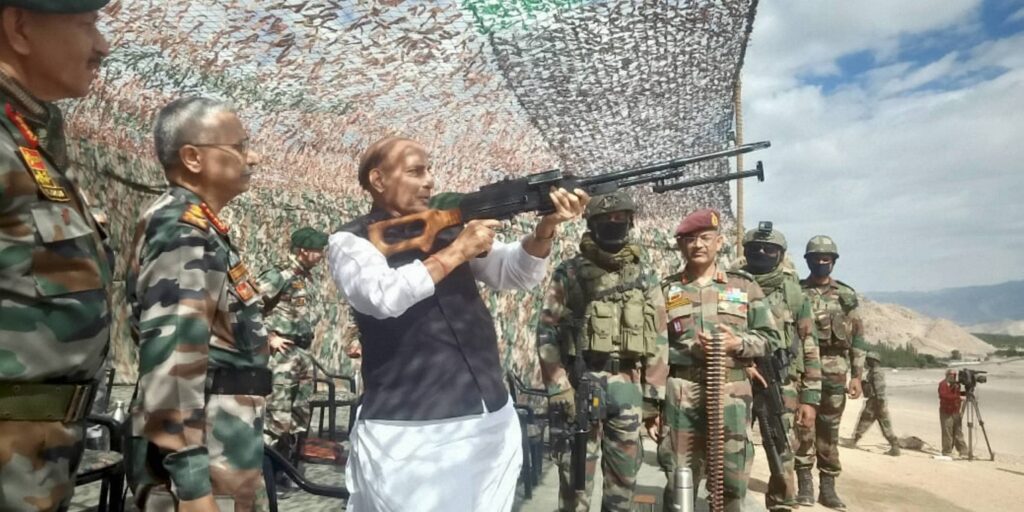
From a report recently read, it has been brought into notice that an Artificial Intelligence-powered application tool that has been launched this July’21 by the defence ministry and IIT Kanpur has the capability to understand the content of the complaint, and identify repeats or spams automatically.

The reforms can substantially boost the Indian defence sector’s efficiency and productivity if they are fully implemented. Thus, the sector would gain self-sufficiency and reduce the heavy burden the government bears when the defence sector operates. Putting an end to the tag of “second biggest arms importer in the world” and aiming to become a market leader in defence equipment exports would be very beneficial.
Written by- Indrani Mukherjee
Edited by- Aishani Mishra
